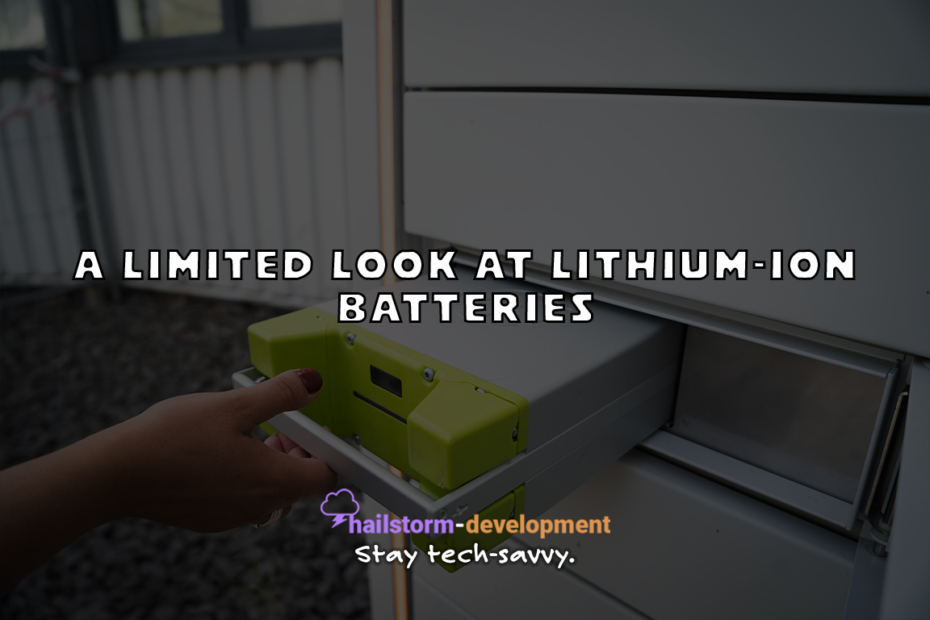What Are Lithium-Ion Batteries?
First, before we get into the nitty-gritty of this powerful technology, we must start at the beginning: what are lithium-ion batteries? Well, they work by something called cationic redox, which is when a metal ion changes its oxidation state as lithium is inserted or removed2. Basically, within this framework, only one lithium-ion can be stored per metal-ion. However, lithium-rich cathodes can store more.
Why Lithium-Ion?
Well, to understand this you have to acknowledge the technological advancements from the first time copper and zinc discs were stacked together over 200 years ago. When the need for batteries with more energy density arose, various institutions across the globe began researching potential lithium-rich battery materials.
So, when heavy-duty transport or aviation is needed, new strategies will need to be employed to increase the energy density of electrode materials. Thus, the findings of Hafiz et al show how lithium-rich batteries perform at the atomic scale. Further, it suggests pathways to improve existing battery materials.

Recent Findings Suggest Longer Lifetimes
Through various computational calculations, Wolverton and Yao discovered that when they replace cobalt with iron, they discovered the right balance of lithium, iron, and oxygen allows the oxygen and iron to drive a reversible reaction without allowing oxygen gas to escape. In layman terms, this means there is potential to cycle all four ions back and forth simultaneously, meaning a mobile phone could last eight times longer.
In Conclusion
All in all, we’ve got a ways to go when it comes to maximizing the utilization of lithium ions, but these findings could change the world. In any case, we’re excited for these findings and where they may take us. What do you think? Let us know in the comments below!
Recent Posts
The Success Series: How to Leverage Storytelling in Interviews
Learn how to categorize your work and personal experience so...
Read MoreGreat Tech Deals for Amazon Prime Day 2024
Great Tech Deals – Amazon Prime Day 2024 This post...
Read MoreQuick Guide to Google Search
What’s New in Google Search? If you own a business,...
Read MoreMicrosoft Edge’s New RAM Slider
What the RAM Slider Will Do Twitter (now X) user...
Read MoreResources & Further Reading
Hafiz, H., Suzuki, K., Barbiellini, B., Tsuji, N., Yabuuchi, N., Yamamoto, K., Orikasa, Y., Uchimoto, Y., Sakurai, Y., Sakurai, H., Bansil, A., & Viswanathan, V. (2021). Tomographic reconstruction of oxygen orbitals in lithium-rich battery materials. Nature, 594(7862), 213–216. https://doi.org/10.1038/s41586-021-03509-z
O’Neill, M. (2021, June 12). Battery Technology Breakthrough: An Atomic Look at Lithium-Rich Batteries. SciTechDaily. https://scitechdaily.com/battery-technology-breakthrough-an-atomic-look-at-lithium-rich-batteries/.




